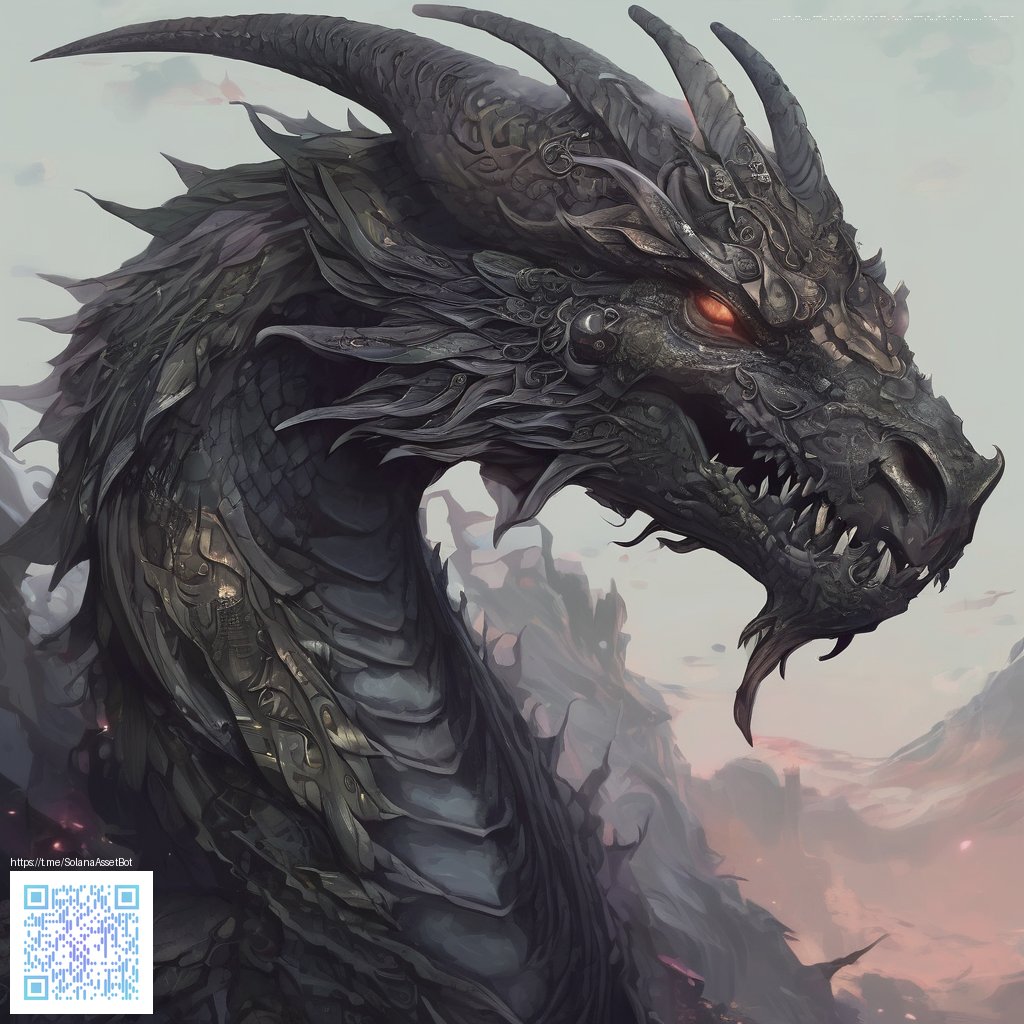
Designing Freelancer-Friendly Business Cards for Maximum Impact
Freelancers operate at the intersection of creativity and practicality. Your business card is not just a contact card—it’s a portable branding asset that communicates who you are, the services you offer, and the tone of your work. The goal is to create templates that are easy to customize, readable at a glance, and versatile enough to carry across in-person meetings, conferences, and casual coffee chats. A well-thought-out card becomes a tactile extension of your portfolio and a reminder of the value you deliver.
Keep the message signals clear and concise
Your card should convey the essentials without overwhelming the reader. Start with the core value proposition—your name, your role, and one or two keywords that capture your specialty (for example, “Brand Designer • Web Micro-UX” or “Freelance Writer • Tech Industries”). Then provide just enough contact information to prompt a connection: email, a portfolio URL, and perhaps a phone number. When in doubt, prioritize white space and legibility over crowded detail. Your typography and spacing choices set the tone before someone even reads a word.
- Name and title that align with your brand
- Direct contact (email preferred over long phone numbers)
- Portfolio or website URL that showcases your best work
- Social handles only if they’re actively managed and relevant
Craft a visual language that travels beyond the card
Color, type, and layout should echo your brand across all touchpoints. A freelancer with a bold, adventurous aesthetic may lean into high-contrast color pairings, while a consultant might opt for a restrained, professional palette. Mirror this visual language in your card’s grid so it’s easy to scan and remember. If you want a tangible spark of inspiration, consider how physical branding elements—like a bold desk accessory—can reinforce your creative identity. For example, the Neon Gaming Mouse Pad product page offers a bold, color-forward vibe you might translate into your card’s accent hues or typographic emphasis. Neon Gaming Mouse Pad can serve as a playful reference point for texture and energy in brand storytelling.
Material, finish, and how they shape perception
Material choices matter more than you might think. A textured stock or a subtle coating can convey quality and durability, while a matte finish often reads as modern and refined. If you want your card to stand out in a pile, think about how tactile elements—like a soft-touch laminate or rounded corners—subtly communicate your attention to detail. These choices should reinforce your message: a freelancer who values polish and consistency will benefit from a card that feels cohesive with their other brand assets. If you’re exploring cross-channel branding, you can also reference practical, real-world assets such as a bold desk accessory—just as a case study page demonstrates how branding can unfold across print and digital formats. For a live reference, see this concise overview at the case study page: https://01-vault.zero-static.xyz/c58ab7c4.html.
Templates that scale with your freelance business
Design templates should be adaptable to different use cases: in-person pitches, remote networking events, and co-working spaces. Start with a reusable grid: your name and title in a bold line, a secondary line for services, and a compact contact cluster. Create variations for different card sizes or orientations (landscape vs. portrait) and establish a safe area so your important details never collide with the card’s edge. A freelancer-friendly workflow might include creating a master template in your preferred design tool, then exporting regional variants and print-ready files with consistent color profiles. Keeping a small set of approved typography and color swatches ensures your cards stay on-brand as you experiment with new clients.
From print to print-ready perfection
Proofing is a stage not to skip. Request proofs from your printer, check color accuracy, and confirm that your chosen stock holds up to wear—especially if you hand out cards in fast-paced environments. Printing is a conversation between design intent and production reality, so anticipate how your card will look under different lighting and in varying distances. A thoughtful approach to printing aligns with a freelancer’s clients: reliable, clear, and easy to engage with. And when your branding is consistent across print and digital spaces, you’ll notice a smoother handoff from first meeting to contract signing.